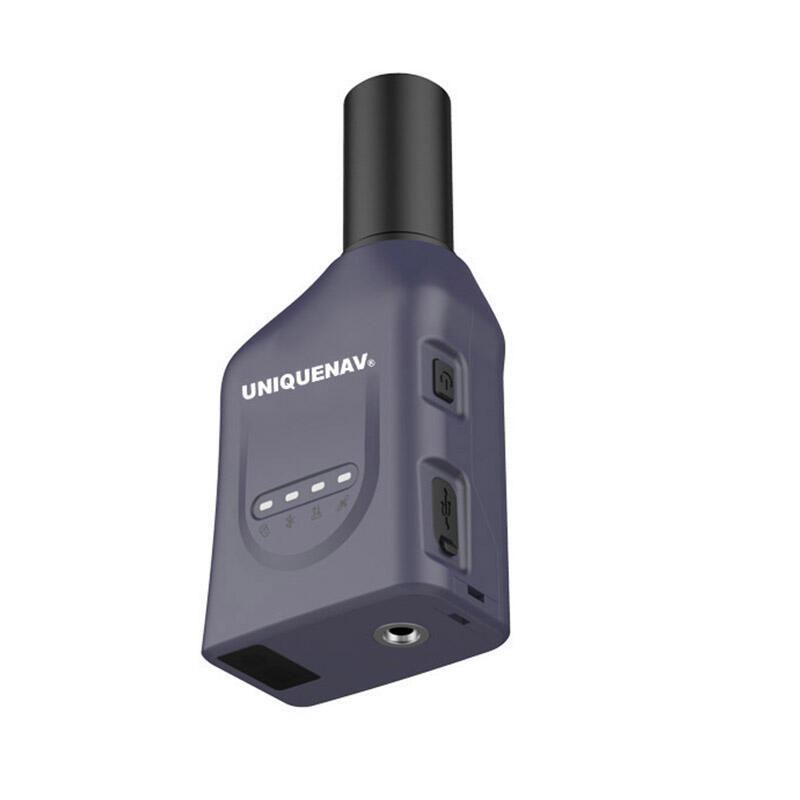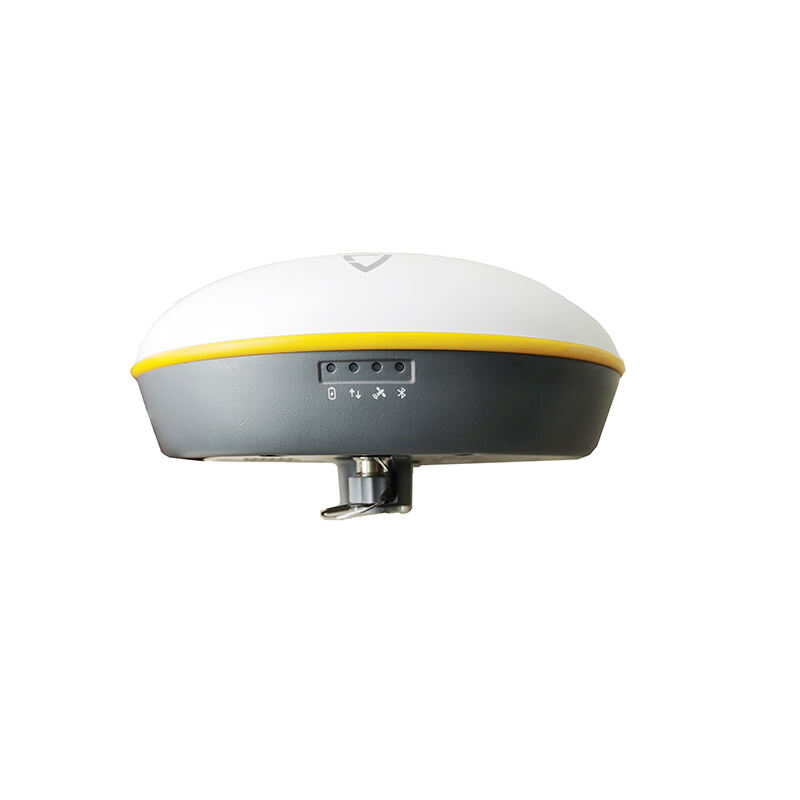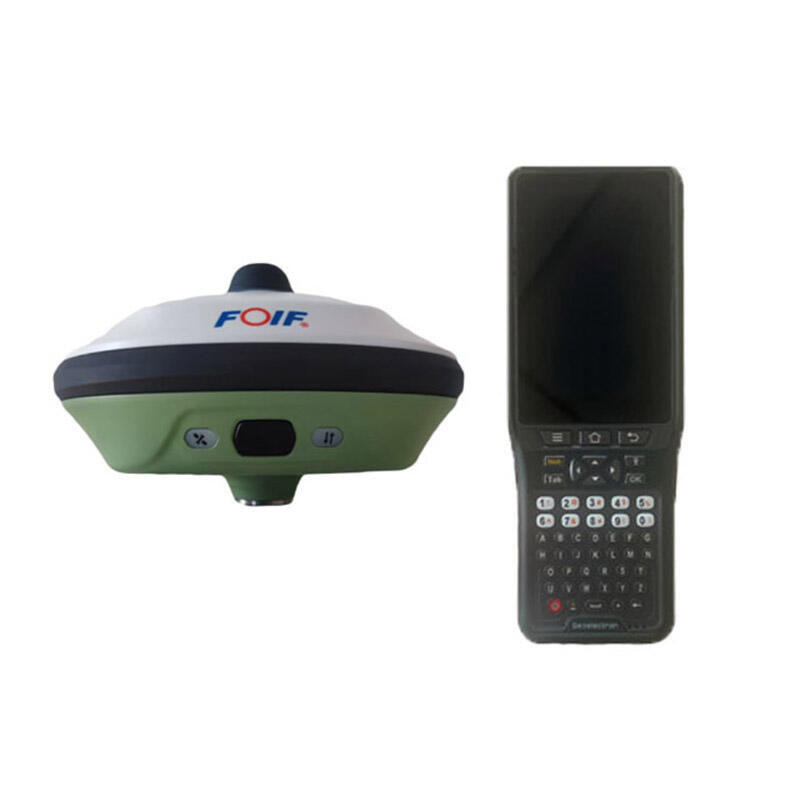Robust Environmental Durability
The GNSS RTK antenna's environmental durability is engineered to meet the demands of professional applications in challenging conditions. The antenna's construction features high-grade materials specifically chosen for their resistance to temperature extremes, moisture, and physical stress. The weather-sealed housing provides comprehensive protection against dust, rain, and other environmental factors that could compromise performance. The antenna's design includes thermal management features that maintain optimal operating temperatures even in extreme weather conditions. This robust construction ensures reliable operation in various environments, from arctic cold to tropical heat, making it suitable for long-term installations and mobile applications. The durability extends to the antenna's internal components, which are protected against electromagnetic interference and physical vibration, ensuring consistent performance even in industrially active areas.


